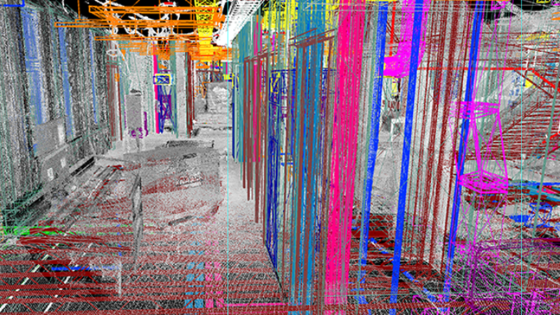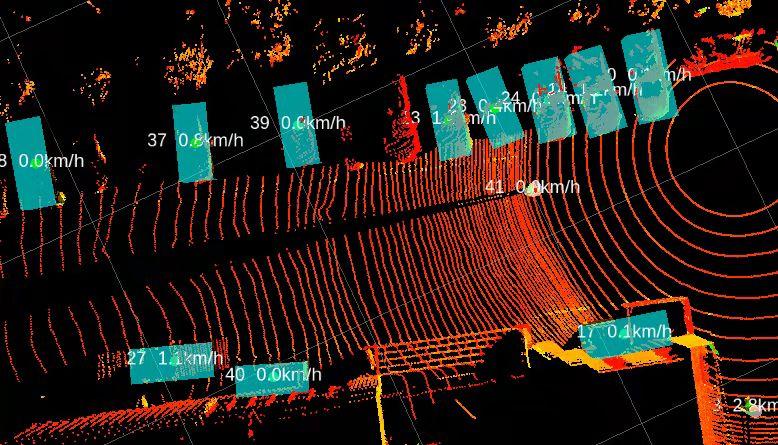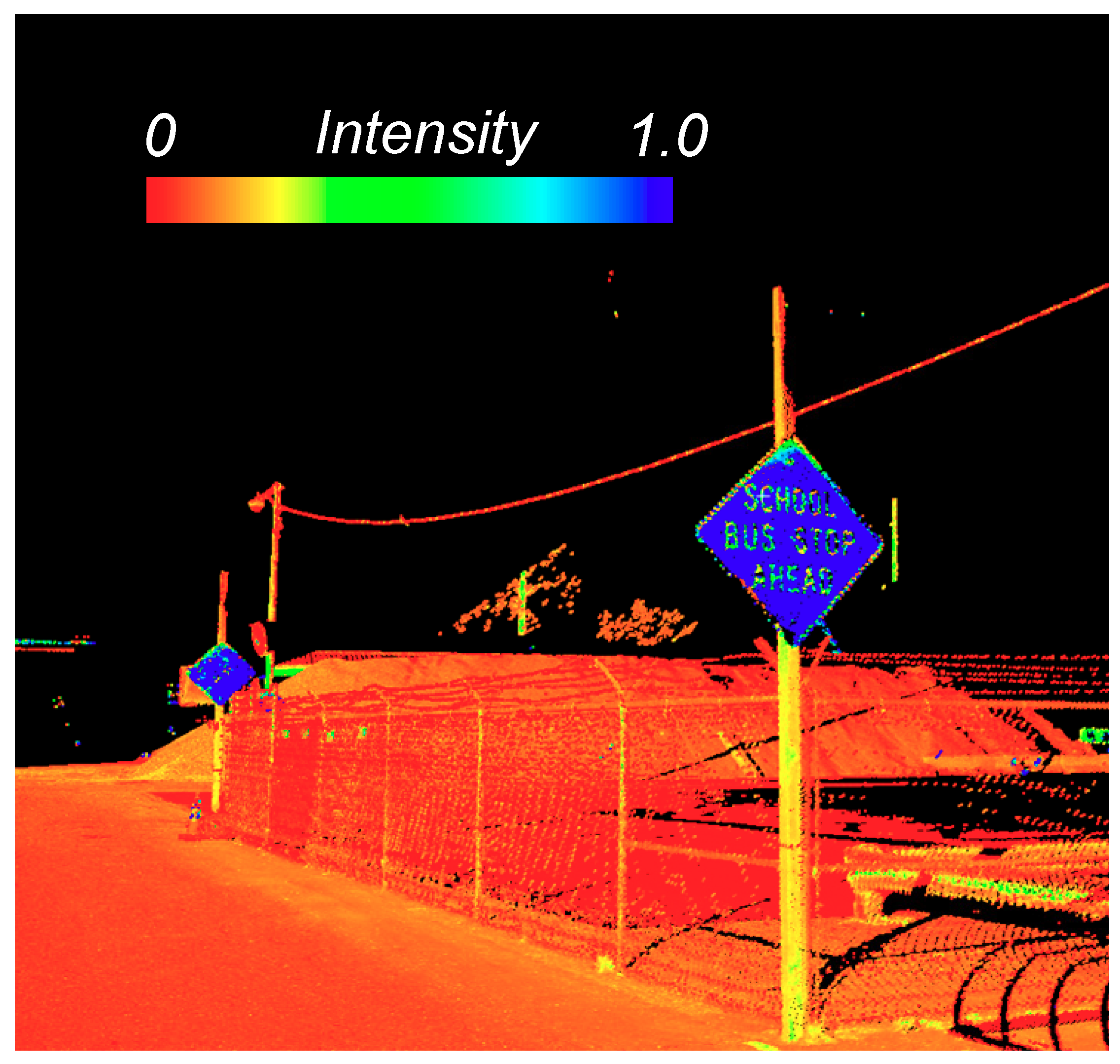AI and LiDAR scanning can interact in various ways to enhance a wide range of applications across industries such as autonomous vehicles, robotics, urban planning, infrastructure management, among others. Here are some ways they can collaborate:
- Building Information Modeling (BIM): LiDAR scanning can generate highly detailed 3D models of buildings and infrastructure. AI algorithms can analyze these models to extract valuable information such as building dimensions, structural integrity, and potential maintenance issues, facilitating tasks like building inspection and facility management.

- Augmented Reality (AR) and Virtual Reality (VR): LiDAR scanning combined with AI can create immersive AR and VR experiences by accurately reconstructing real-world environments in virtual space. This technology finds applications in gaming, architectural visualization, cultural heritage preservation, and virtual tourism.
- Object Detection and Recognition: LiDAR sensors provide 3D point cloud data of the environment. AI algorithms can analyze this data to detect and recognize objects such as pedestrians, vehicles, buildings, and vegetation. This capability is crucial for applications like autonomous driving, where the vehicle needs to understand its surroundings.

- Semantic Segmentation: AI algorithms can segment LiDAR point clouds into different semantic classes such as roads, sidewalks, buildings, and poles. This segmentation helps in understanding the structure of the environment and is useful for tasks like urban planning and infrastructure management.

- Obstacle Avoidance: In robotics and autonomous systems, LiDAR sensors are used for obstacle avoidance. AI algorithms can process LiDAR data in real-time to plan collision-free paths for robots or autonomous vehicles, ensuring safe navigation in dynamic environments.
- Anomaly Detection: AI algorithms can analyze LiDAR data to detect anomalies or deviations from expected patterns. For example, in infrastructure inspection, LiDAR scanning combined with AI can identify structural defects or signs of deterioration in bridges, pipelines, or power lines.
These are just a few examples of how AI and LiDAR scanning can operate together to enable innovative applications across various industries. As both technologies continue to advance, their integration is likely to lead to further breakthroughs in fields ranging from transportation and urban development to environmental monitoring and public safety.
